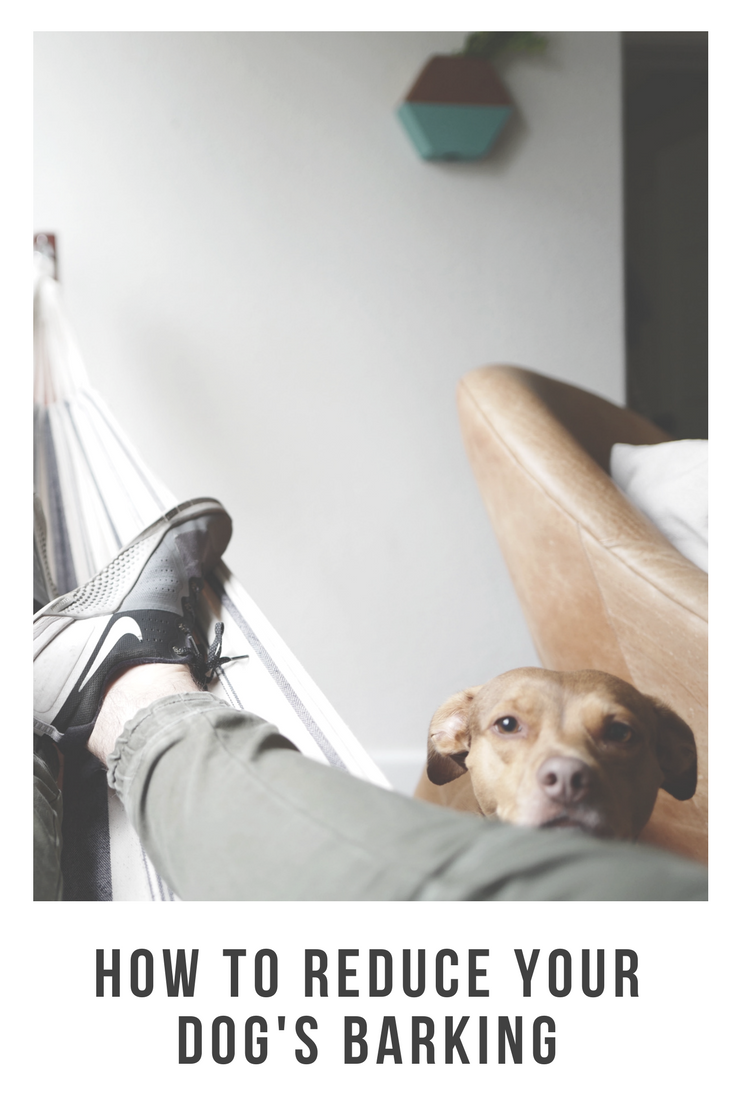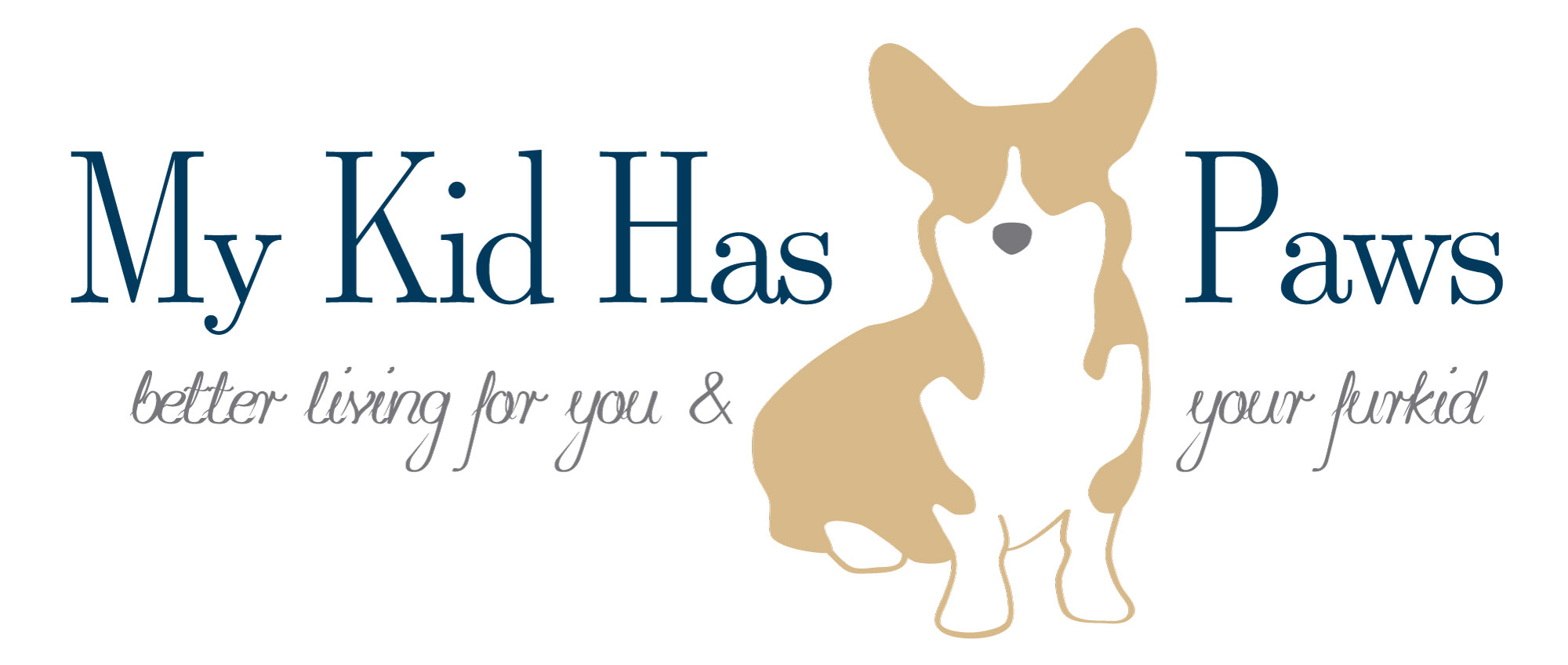Barking is a common topic of discussion among pet parents. It’s also a complex behavior that can determine the quality of a relationship between a dog and their human.
An over simplification of this topic would indicate that most pet parents want their dogs to bark as infrequently as possible and only under very specific circumstances. Reality would tell us that barking is a vocalization technique that all dogs use for a variety of reasons. Additionally, the frequency and pitch of every dog’s bark changes with breed and individual. Therefore, there is often a gap between expectation and reality, which causes many dogs to be re-homed. In an effort to reduce this scenario, and improve the human-animal bond, we put together this blog post.
Our goal for today’s post is to improve your understanding of why dogs bark, and provide you with some tips on how to reduce your dog’s barking behaviors, while also sharing some of my personal experience.
Breaking Down Barking as a Form of Communication
Neutral versus Stressed
In the book, “A Dog Who’s Always Welcome”, Lorie Long describes “Vocalization Behavior” in two categories: Neutral and Stressed. Neutral barking is described as “Silent, playful barking, or moderate alert barking”, and Stressed is described as “Whining, barking, growling, snarling, howling, or keening”.
To better understand your dog’s barking and communication requires a two-part effort. Firstly, you will need to understand why and how your dog is communicating, and understand what your communication is telling your dog.
“Verbal and visual signals based on human methods of communication only tell your dog the state of your emotions. There is no information about what you want him/her to do.”
Different Barking Scenarios
In Tracy Libby’s book titled, “High Energy Dogs: A Practical Guide to Living with Energetic & Driven Canines”, she describes barking in the following scenarios:
- Protection: which will include a deep bark
- Barking to Get Attention
- Boredom
- Frustration
- Excited Behavior
- A Release of Excess Energy
In a book titled, “Dog Lover’s Daily Companion: 365 Days of Tips, Tricks, and Techniques for Living a Rich Life with Your Dogs”, Wendy Nan Rees and Kristen Hampshire describe barking in 10 different ways, accompanied with phrases that I think can help pet parents understand the different types of barking. Here are 5 that I hear used most frequently:
- Warning Bark is characterized by a deep loud noise as to say “Hey, Mom — look out!”.
- Request Bark is characterized by something not too loud or pitched as to say “Hey, please come get me. I want to go out”.
- Whine Bark, a friendly reminder of basic needs as to say, “Hey I have to relieve myself right now!”.
- Happy Bark “Come play with me, — let’s go to the park”.
- Anger Bark “Hey, look at that squirrel! I must go get it!”.
Now would be a great time to pause and assess the different scenarios in which your dog barks the most. Which of these would you like to reduce?
For example, with Rooney I would like to reduce the whine bark or the “Barking to Get Attention”. I don’t mind that Rooney barks in other scenarios, because to be honest, they are rare. But when Rooney wants attention, he vocalizes until he gets it.
Addressing the Barking
In her book, Long describes some of the Canine Calming signals that dogs use to communicate with each other, and how you can use them with your dog. Here are some of the signals specific to barking:
- “Sliding the eyes to the side and looking away, turning the head away: When an upset dog barks at you, turn your eyes and head away.”
- “Sitting or lying down: If your guests make your dog nervous, ask them to sit down. When Chase wants Dash to stop asking him to play, he lies down and turns his head away.”
In addition to the tips mentioned above, Long also mentioned the importance of speaking softly and with encouraging language when your dog is completing a behavior you want. In this case, encourage the “non-barking” behavior with positive language. When we are at work and Rooney is being quiet, I often check in randomly and provide him with positive verbal praise or a treat.

Additional Advice
While I think the above tips will definitely help reduce an unwanted barking behavior, I wanted to learn a bit more about how to address what Zak George calls, “demand barking” which seems to be very common among the more boisterous breeds like Corgis!
I’m super excited that he made this video with a herding breed, because I think that made it a bit more relatable for me as a Corgi parent.
What I learned from Zak’s advice:
- Give the reward during times of silence
- Get their attention on you and reward for compliance
- Acknowledge small victories
- Set up training scenarios to work on and be consistent on your training (for this dog specifically, Zak recommended 3-4 weeks of daily training sessions that are at least 5 minutes each).
- If your dog is energetic they are likely brilliant and very trainable
- Don’t forget about daily exercise! This plays a significant role is dog behavior.
- Mental stimulation is important for intelligent breeds, don’t forget to integrate it in your dog’s daily life!




caren gittleman
March 19, 2018 at 7:06 amWhile I love you and I think the tips are great for MOST dogs, I think it is important to take breed into consideration for this one. I have a Shetland Sheepdog and they are KNOWN to be barkers. That is because of their lineage. They were originally used to herd sheep, cattle etc. They are “herding” dogs (and even if they aren’t in the “working” class in dog shows, they are also working dogs). They feel it is their job to protect the family. Dakota WILL bark at silly things, (such as when I stir eggs, when he knows he is going to get popcorn which he loves, when he hears a garbage truck, the mailman, sirens, storms, when I use pan spray lol)…….since we live in an apartment building/condo I NEVER correct him when he barks when he hears someone in the hallway because that is his job to protect us. If I KNOW it is a neighbor or the mail carrier I will try to distract him. Dakota’s “I want” kind of barks are usually two quick barks……..(such as when he wants a bone…) that is his “request bark” or his “I want” bark. When he does bark over the silly things I mentioned above I will try and just tell him “no bark.” Sometimes it works, sometimes it doesn’t. He doesn’t bark for long periods of time when he starts……he will bark over something, we will try and distract him if it isn’t something important that he is barking about, and then he is fine. I feel I have to respect the breed that he is, and his breed barks……..oh and I NEVER let him bark long enough to annoy the neighbors, Dakota has lived here for 11 years with us and we have never received a complaint about him barking, nor do we complain about other dogs in our building who may bark as well. But……overall those are great tips!
caren gittleman recently posted…Updated Dog Book: Raising Dogs With Common Sense by Angela Thompson Roberts
M. K. Clinton
March 19, 2018 at 3:21 pmWe are working with Pierre on his barking. In the past, we have allowed to him to bark at will with no repercussions. Now, we live in a closer community with lots of triggers so he is barking much more often. So far, the training has been going quite well. He is a Westie so barking is in his DNA but he loves praise so we hope to find a happy medium.
M. K. Clinton recently posted…BFTB NETWoof News March 19, 2018